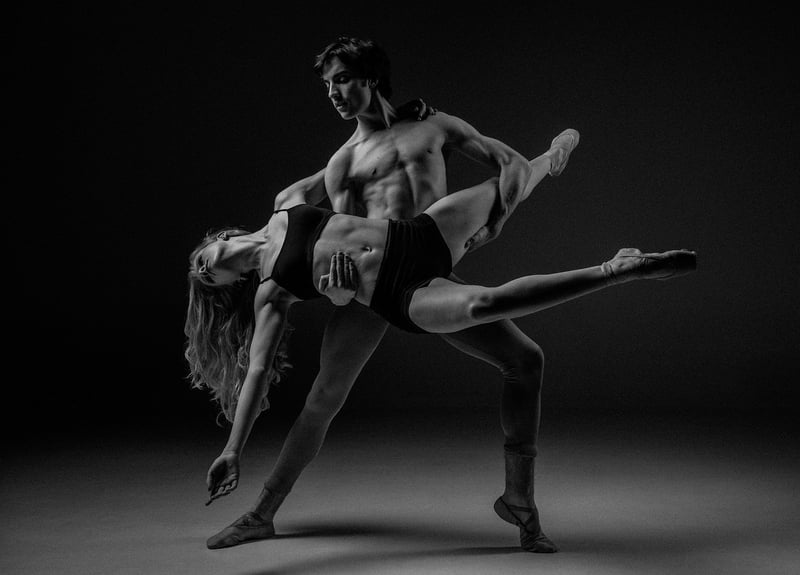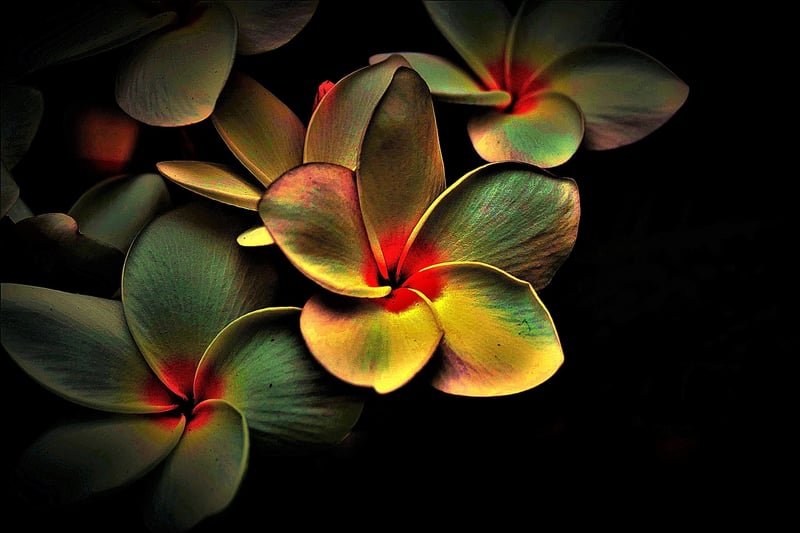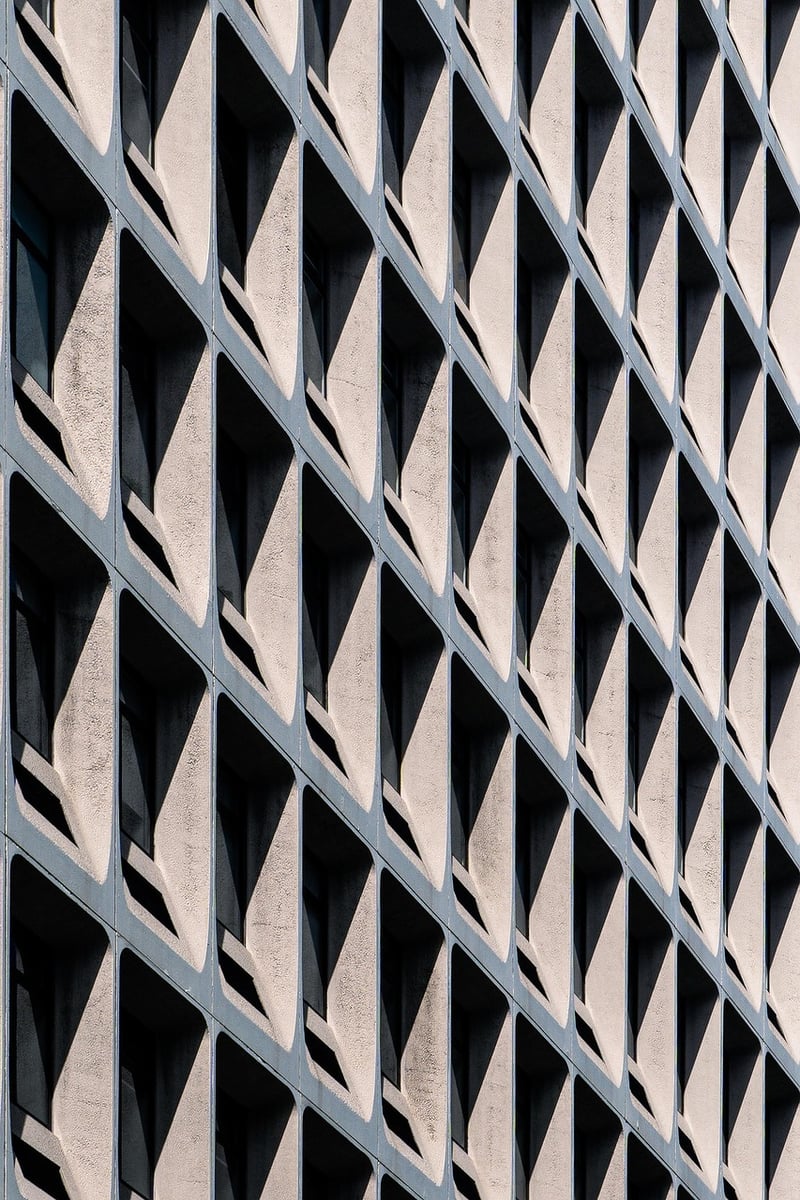Contemporary
Exploring Expressive Movement and Creativity in Contemporary Art
Contemporary art embraces a wide array of styles and techniques, often pushing boundaries and challenging traditional norms. One such form of expression that has gained popularity is the use of expressive movement to create captivating and thought-provoking artworks. This article delves into the world of expressive movement and its role in fostering creativity in contemporary art.
The Power of Expressive Movement
Expressive movement in art involves the use of the artist's body or tools to create dynamic and fluid gestures that convey emotions, energy, and intention. It goes beyond traditional forms of art-making and allows artists to tap into their subconscious mind, resulting in spontaneous and raw creations.
Through expressive movement, artists can explore themes of identity, society, and emotions in a visceral and authentic way. The process of creating art through movement can be cathartic and liberating, enabling artists to express themselves without constraints.
Embracing Creativity in Contemporary Art
In the realm of contemporary art, creativity knows no bounds. Artists are constantly seeking new ways to innovate and experiment with different mediums and techniques. Expressive movement offers a unique avenue for artists to break free from conventional methods and explore the depths of their imagination.
By incorporating expressive movement into their practice, artists can infuse their artworks with a sense of vitality and spontaneity. The physical act of moving and creating art simultaneously can lead to unexpected outcomes and discoveries, fostering a sense of playfulness and experimentation.
Examples of Expressive Movement in Contemporary Art
Several contemporary artists have embraced expressive movement as a central element in their practice. From abstract painters who use bold brushstrokes and gestural marks to performance artists who engage in live improvisational movements, the possibilities are endless.
One notable artist known for her use of expressive movement is Yayoi Kusama. Kusama's immersive installations and performance art pieces often feature repetitive patterns and dynamic movements that reflect her inner psyche and obsessions.
Exploring Your Own Expressive Movement
If you're interested in exploring expressive movement as a form of creative expression, consider setting aside time to engage in spontaneous gestures and movements. Allow yourself to let go of inhibitions and let your body guide the creation process.
Experiment with different tools and surfaces, such as large canvases, paper, or even digital platforms, to see how your movements translate into visual expressions. Remember that the goal is not perfection but rather the exploration of your inner landscape through movement.
Conclusion
Expressive movement offers a dynamic and engaging way to tap into your creativity and create art that is both personal and evocative. By embracing spontaneity and allowing your body to become a tool for expression, you can unlock new possibilities and discover a deeper connection to your artistic practice.
So, why not take a leap into the world of expressive movement and see where your creativity takes you?


